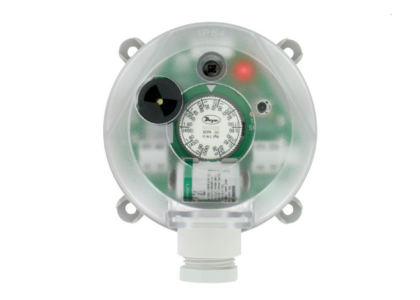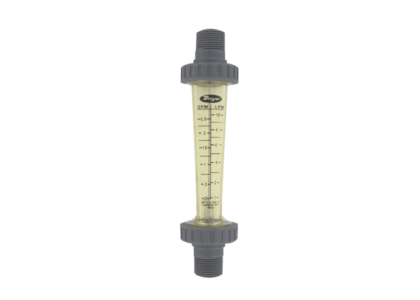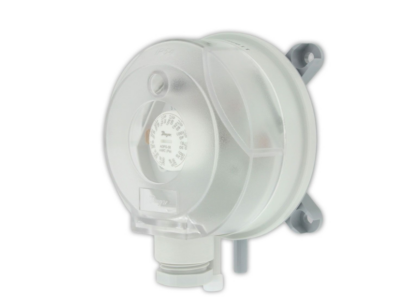Product shortages can be a major headache for businesses and consumers alike. When popular items are hard to find, it can lead to lost sales, frustrated customers, and a general sense of uncertainty. However, many of the common beliefs about product shortages don’t always match up with reality. Let’s take a look at some of the most prevalent myths and the facts behind them.
Myth 1: Product shortages are always caused by supply chain issues
While supply chain disruptions can certainly contribute to product shortages, they aren’t the only possible cause. Other factors like sudden spikes in demand, production delays, and even hoarding behavior by consumers can also lead to items being in short supply.
The reality is that the reasons for product shortages are often complex and multi-faceted. Blaming the supply chain is an easy scapegoat, but the true causes may be more nuanced. Companies need to look at the big picture when dealing with shortages, not just point fingers at their suppliers.

Myth 2: Lean supply chains are more efficient and less prone to disruptions
Many businesses have embraced lean manufacturing and just-in-time inventory practices to boost efficiency and cut costs. The thinking is that by minimizing excess inventory and production, you can be more nimble and responsive to customer demand.
However, the COVID-19 pandemic has shown the downside of being too lean. When supply chains are disrupted, companies with minimal inventory buffers can quickly run out of critical components and finished goods. Suddenly, that efficiency turns into a liability.
The reality is that some excess capacity and inventory is necessary to withstand unexpected shocks. Lean is good, but being too lean can leave you vulnerable. Businesses need to find the right balance between efficiency and resilience in their supply chains.
Myth 3: Product shortages are always temporary
When a product is hard to find, it’s natural to assume the shortage will be short-lived. But the truth is, some shortages can drag on for months or even years depending on the underlying causes.
The global semiconductor chip shortage is a prime example. What started as a temporary disruption due to pandemic-related factory shutdowns has turned into a multi-year crisis as demand has surged for chips used in everything from cars to consumer electronics. Automakers have been forced to idle plants and limit production as a result.
The reality is that some product shortages are anything but temporary. Resolving complex supply chain issues, expanding production capacity, and meeting pent-up demand can take a long time. Businesses and consumers need to be prepared for the possibility of extended shortages in certain product categories.
Myth 4: Hoarding by consumers doesn’t really impact product availability
When people start panic buying and stockpiling certain items, it can create a self-fulfilling prophecy of shortages. But many consumers dismiss their own hoarding behavior as insignificant in the grand scheme of things.
The reality is that even small amounts of hoarding by many people can have a major impact on product availability, especially for items with limited supply. When everyone tries to buy more than they normally would, it quickly depletes inventories and strains supply chains.
Businesses need to be aware of the psychology of hoarding and how it can exacerbate shortages. Communicating clearly about product availability, setting purchase limits, and appealing to people’s better nature can help mitigate the hoarding impulse.
Myth 5: Price controls are the solution to product shortages
When essential items become scarce, there are often calls for the government to step in and impose price controls to keep prices down. The thinking is that this will ensure affordability and prevent price gouging.
However, the reality is that price controls tend to make shortages worse, not better. When prices are artificially capped, it creates excess demand that can’t be met by limited supply. Shortages then become even more severe as people stockpile the limited quantities available.
Businesses and policymakers need to understand that prices serve an important function in a market economy. They provide signals about supply and demand that help allocate scarce resources efficiently. Interfering with this mechanism through price controls often backfires and makes the problem worse.
The Bottom Line
Product shortages are a complex issue with no easy solutions. Businesses need to be prepared for the possibility of disruptions and have contingency plans in place. Consumers, on the other hand, should be aware of their own hoarding tendencies and the impact they can have on availability.
Ultimately, the best way to deal with product shortages is through transparency, communication, and a clear-eyed understanding of the realities behind the myths. By working together and making smart decisions, we can minimize the impact of shortages and keep the economy moving forward.




